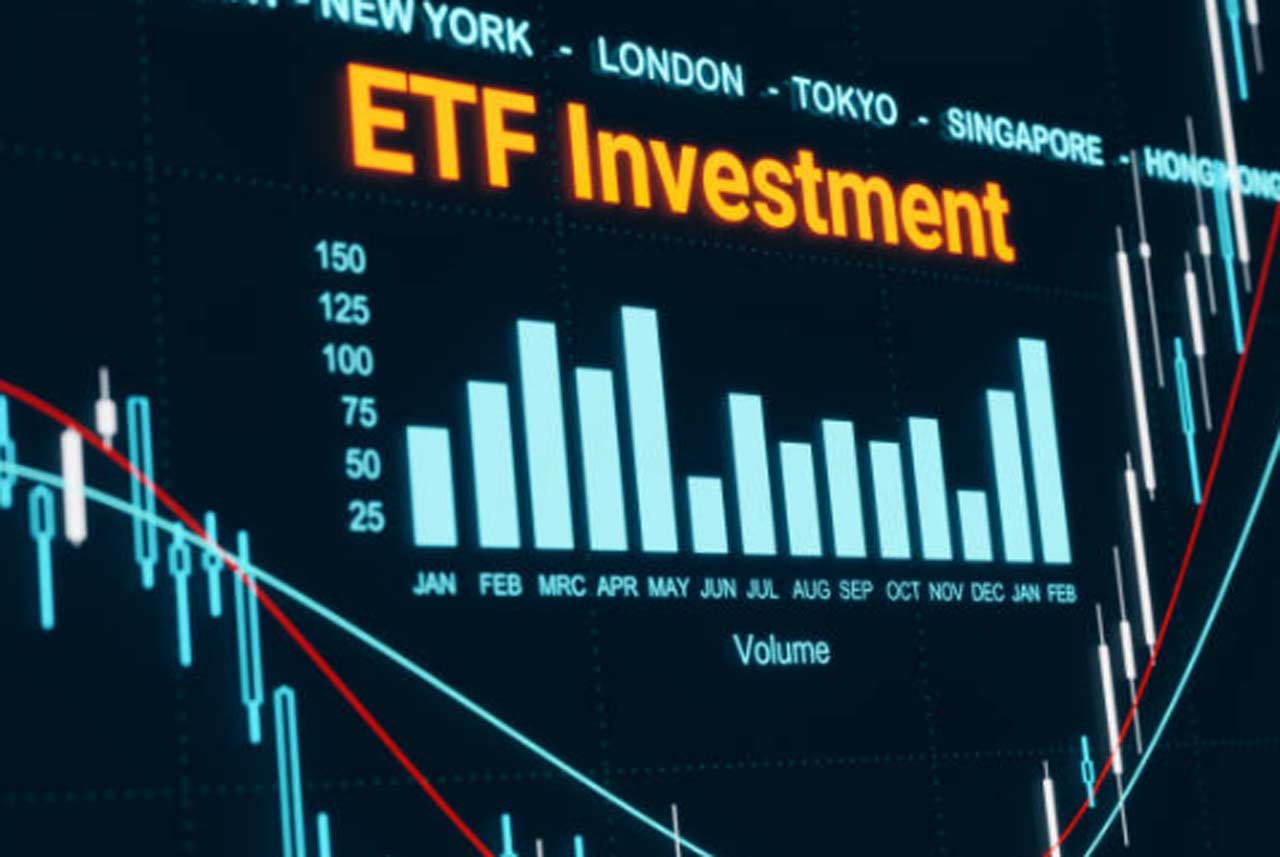Investing in index funds and ETFs is popular for many reasons. They offer diversification, low costs, and a straightforward approach. However, one factor often overlooked is the size of the fund. Let’s explore how fund size impacts your investments and why it matters. For beginners, fund size, index funds and ETFs can sound like foreign words! Investment education is vital! Visit https://immediate-bitwave.com/ to learn everything about investing from professional firms.
What is Fund Size?
Firstly, what do we mean by fund size? It’s the total value of assets managed by the fund. Some funds manage billions, while others handle much less. The size can influence many aspects of the fund, from performance to fees.
Benefits and Challenges of Large Funds
Larger funds often benefit from economies of scale. This means they can spread their operating costs over a larger asset base. For investors, this usually translates to lower fees. Lower fees mean more of your money stays invested, which can enhance returns over time. For instance, the Vanguard 500 Index Fund, one of the largest, has an expense ratio of just 0.04%. This is much lower than many smaller funds.
But big isn’t always better. Large funds can face challenges too. One issue is liquidity. Large funds need to buy and sell significant amounts of stock to track their index. This can be tricky if the fund’s assets are invested in smaller, less liquid stocks. For example, a large cap fund might handle this well, but a small cap fund might struggle. The sheer volume of trades required can impact the market prices of those stocks.
Tracking Error in Large Funds
Another consideration is tracking error. This is the difference between the fund’s performance and the index it tracks. Large funds tend to have lower tracking errors because they have more resources to closely follow the index. They can afford better technology and more efficient trading strategies. However, if a large fund holds many illiquid assets, the tracking error might increase.
Let’s take a real-world example. In 2020, the iShares MSCI Emerging Markets ETF managed over $50 billion in assets. During market volatility, its size allowed it to maintain low fees and close tracking of its index. But its large size also meant that moving in and out of certain stocks could influence prices, potentially affecting performance.
Pros and Cons of Small Funds
Small funds have their own pros and cons. They can be more nimble, making it easier to buy and sell stocks without moving the market. This agility can be an advantage in volatile markets. However, smaller funds often have higher expense ratios. Without the benefit of economies of scale, operational costs take a larger bite out of returns.
Moreover, small funds might face higher risks of closure. If a fund doesn’t attract enough investors, the managing company might decide to shut it down. This can be inconvenient for investors, as they need to find a new place for their money, possibly incurring transaction costs.
Diversification and Fund Size
Diversification is another aspect affected by fund size. Larger funds can hold a wider variety of stocks, offering broader exposure. For example, a large S&P 500 index fund covers the largest 500 companies in the U.S., providing significant diversification. On the other hand, smaller funds might have a more concentrated portfolio, which can be riskier.
How should you consider fund size when investing? It starts with understanding your investment goals and risk tolerance. Are you looking for low-cost, broad exposure to the market? A large, established index fund might be the way to go. Concerned about higher fees and potential liquidity issues? Be cautious of smaller funds.
Do some research before investing. Look at the fund’s expense ratio, tracking error, and liquidity. These factors can give you a sense of how the fund operates and its potential performance. Consulting with a financial advisor can also provide personalized insights based on your financial situation.
Guiding Questions for Your Investment Strategy
Let’s ask a few questions to guide your thinking. How important are low fees to your investment strategy? Do you prefer a fund with broad market exposure or a more focused approach? How comfortable are you with potential risks associated with smaller funds? Answering these can help narrow down your options.
Remember, no single factor should dictate your investment choice. Fund size is just one piece of the puzzle. It’s essential to look at the overall picture, including the fund’s objectives, historical performance, and your own financial goals.
Investing in index funds and ETFs is a great way to build wealth over time. By understanding how fund size impacts these investments, you can make more informed decisions. Whether you choose a large fund with low fees and broad exposure or a smaller, more nimble fund, being aware of the trade-offs can help you better manage risk.
Conclusion
In summary, fund size affects index funds and ETFs in various ways, from fees and liquidity to tracking error and risk of closure. Larger funds often offer lower fees and better tracking but may face liquidity challenges. Smaller funds can be more agile but usually come with higher costs and greater risks. By considering these factors and aligning them with your investment goals, you can choose the right fund for your needs.









